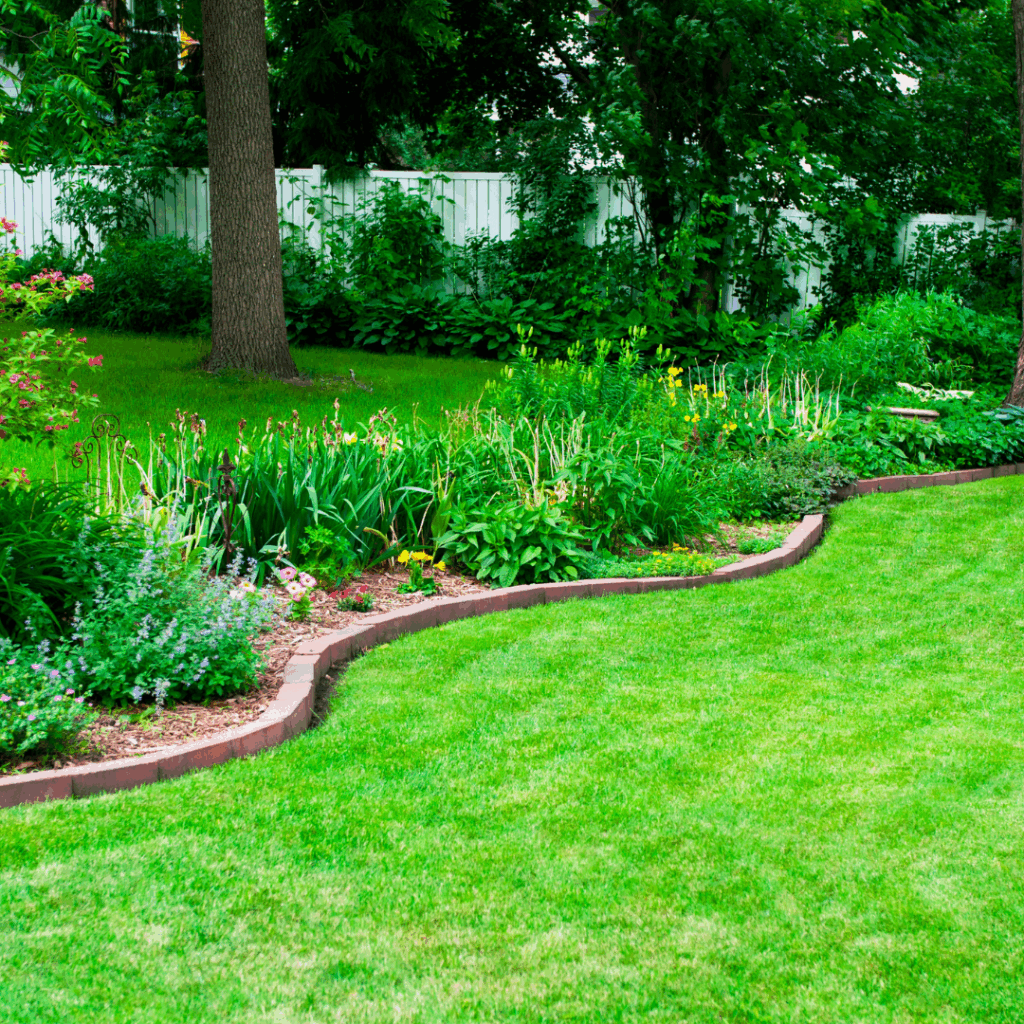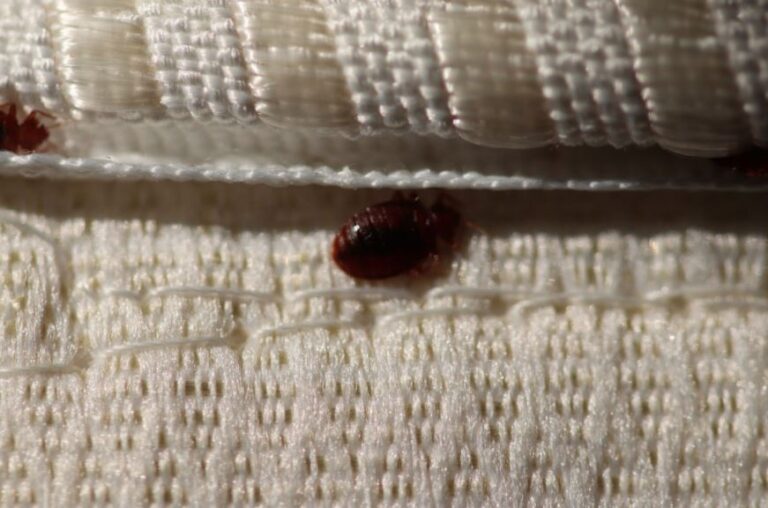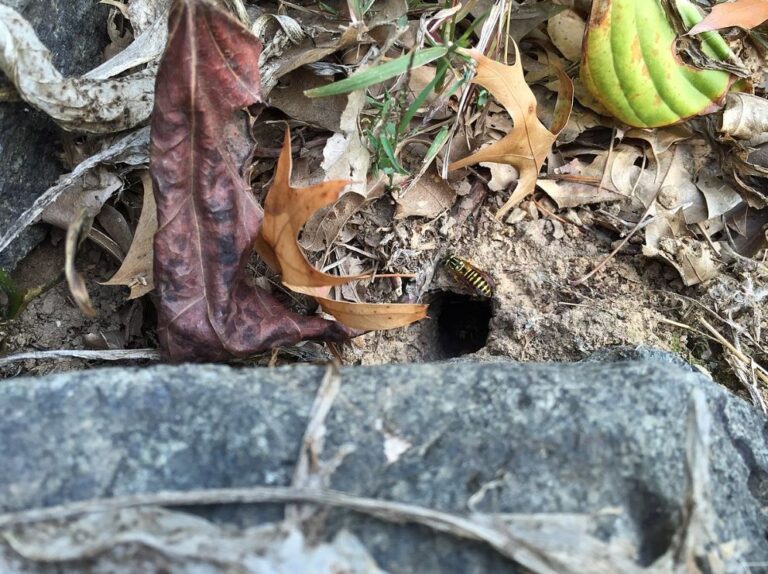
If you’ve ever stepped into your backyard and been greeted by a cloud of tiny flying bugs lifting off from the grass, you’re not alone. These little swarming pests are often referred to as grass gnats, lawn gnats, or fungus gnats. They may be harmless in small numbers, but when they start swarming every time you mow, walk, or host a gathering, they quickly become a nuisance.
At Callahan’s Termite & Pest Control, we help New Jersey homeowners deal with pest problems like these every day. Here’s everything you need to know about grass gnats: why they’re in your yard, how to get rid of them, and when it’s time to call in the pros.
What Are Grass Gnats?
Grass gnats is a general term used for several types of small, flying insects that tend to swarm low to the ground, especially in damp or shaded grassy areas. Most of the time, these are fungus gnats, midges, or other small flies attracted to moisture and organic matter in your lawn.
While they don’t typically bite, they can be a serious annoyance, especially if they swarm near your face or invade outdoor meals and events. Some species can also pose problems for your lawn, as their larvae feed on roots, fungi, and decaying organic material.
Why Are They in Your Yard?
Understanding what attracts gnats is the first step to managing them. These bugs are drawn to:
- Moist soil and standing water: Overwatering your lawn or poor drainage makes for a perfect gnat breeding ground.
- Shaded areas: Thick tree canopies or dense shrubbery can block sunlight and create damp, gnat-friendly environments.
- Organic debris: Leaf litter, grass clippings, and compost attract gnats that feed on decaying matter.
- Thatch buildup: Excess thatch (a layer of dead grass) can hold moisture and offer shelter for insect larvae.
Practical Steps to Repel Grass Gnats
There are several strategies you can use to control gnats on your own. These include lawn care habits, DIY repellents, and changes to your environment that make it less inviting to pests.
Smart Waterng – Overwatering is the #1 cause of gnat problems in lawns. Water deeply but infrequently to encourage deep root growth and reduce surface moisture. Water in the early morning so your grass has time to dry during the day.
Improve Lawn Drainage – If water pools or sits for hours after a rainfall, gnats will find your yard appealing. Aerating your lawn can help with water absorption, and adding topsoil in low-lying areas can reduce puddling.
Remove Organic Debris – Clean up fallen leaves, grass clippings, and rotting mulch. Compost piles should be kept far from living areas and properly maintained to prevent attracting gnats.
Mow Regularly – Keep your grass trimmed. Tall, damp grass creates ideal conditions for gnats and other insects. Be sure to bag clippings or spread them thin so they dry quickly.
Dethatch Your Lawn – A thatch layer over half an inch thick traps moisture and provides food and shelter for pests. Dethatching can be done with a rake or a dethatching machine to improve air flow and surface dryness.
Use Natural Repellents – Certain essential oils and plant-based sprays can help deter gnats. Options include lemon eucalyptus oil, peppermint oil and neem oil. You can mix a few drops of essential oil with water and spray the mixture around affected areas. While not permanent, this can give short-term relief during outdoor gatherings.
Install Outdoor Fans – Gnats are weak fliers. Setting up outdoor fans in patios or near seating areas creates air movement that keeps swarms away.
When to Call a Professional
If DIY methods aren’t doing the trick, or if your gnat problem seems to get worse with time, it’s time to bring in professionals.
Callahan’s Termite & Pest Control offers targeted insect control that goes beyond surface fixes. Our licensed technicians can:
We also offer additional services like crawl space encapsulation, which helps control the underlying moisture that can lead to gnat infestations.
Comprehensive Pest Control Solutions for NJ Properties
New Jersey’s mix of residential developments, commercial zones, shore and wooded areas makes it a hotspot for pest activity. We provide full-service pest management that targets the most pressing concerns:
Our Approach to Outdoor Pest Control
At Callahan’s, we use a combination of environmentally responsible treatments, expert inspections, and proven prevention strategies. We understand how local climate, soil conditions, and landscaping factors play a role in pest issues throughout New Jersey—from Ocean County to Monmouth and Middlesex.
We don’t believe in one-size-fits-all solutions. Every yard is different, and we treat each property with personalized care.
Protect Your Yard Before the Problem Grows
Gnats might be small, but left unchecked, they can take over your outdoor spaces and make it hard to enjoy your yard. Whether you’re a homeowner frustrated by constant swarms or a real estate agent prepping a property for sale, professional pest control is a smart investment.
Don’t wait for the next outdoor BBQ to be ruined. If you’re in the central New Jersey or Jersey Shore area, let Callahan’s Termite & Pest Control help you take back your lawn.




